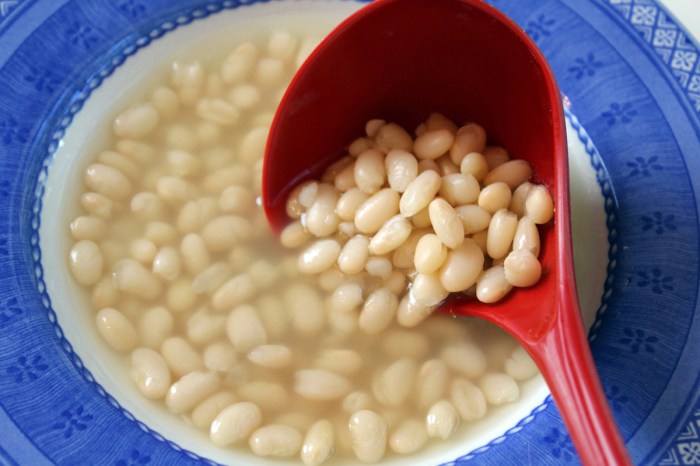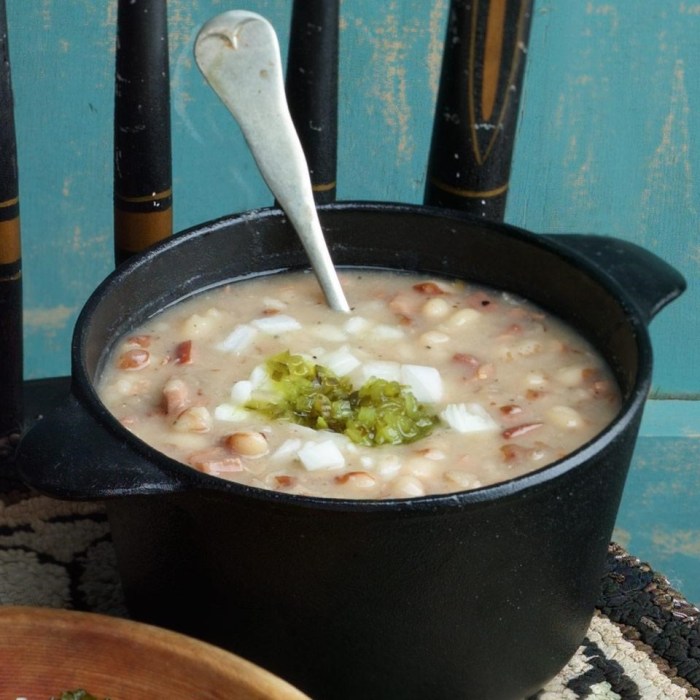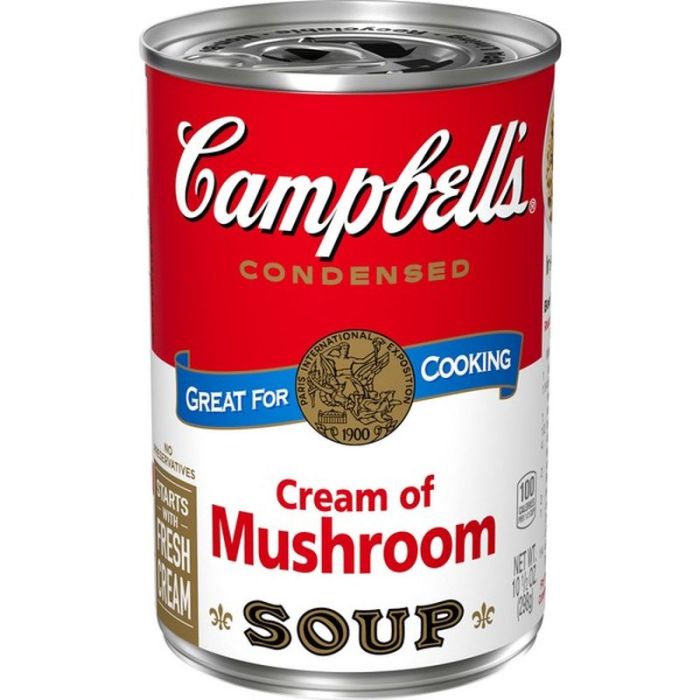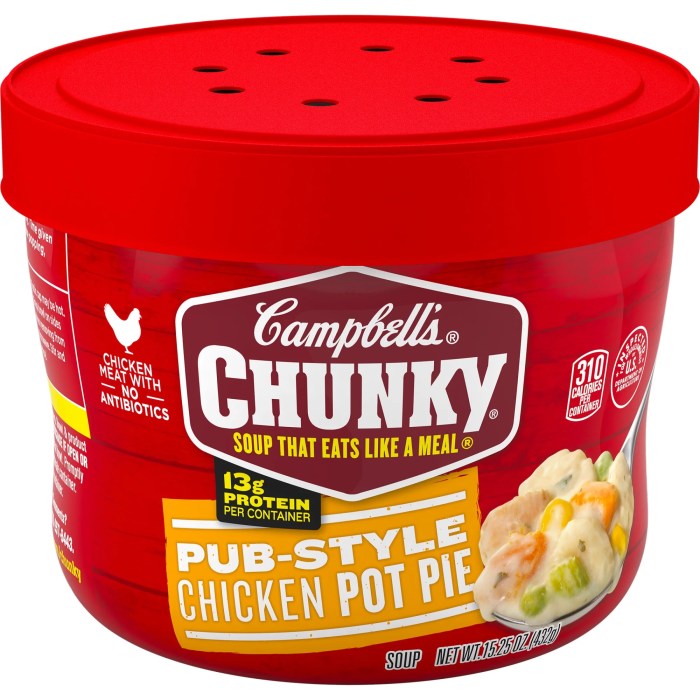A Poetic Journey into the Heart of Soup Beans: Best Soup Beans Recipe

Source: jennycancook.com
Best soup beans recipe – From humble beginnings in kitchens across the globe, the simple soup bean has woven itself into the rich tapestry of culinary traditions. A testament to resourcefulness and culinary artistry, it transcends mere sustenance, becoming a symbol of comfort, community, and the enduring power of simple ingredients elevated to exquisite heights. This exploration delves into the history, preparation, and boundless potential of this culinary gem, guiding you toward crafting the best soup beans imaginable.
A Culinary History and Nutritional Bounty, Best soup beans recipe

Source: media-allrecipes.com
Soup beans, a cornerstone of countless cuisines, boast a history as rich and varied as the beans themselves. From the ancient civilizations who first cultivated legumes to the modern-day kitchens where they remain a beloved staple, these versatile ingredients have nourished generations. Different cultures have embraced unique bean varieties – the hearty pinto beans of Mexican cuisine, the vibrant kidney beans in Caribbean stews, or the delicate navy beans gracing classic American fare.
Each variety contributes a unique flavor profile and texture to the culinary landscape. Beyond their cultural significance, soup beans are nutritional powerhouses, packed with protein, fiber, and essential vitamins and minerals, contributing to a healthy and balanced diet.
Essential Ingredients: The Symphony of Flavor
The magic of the best soup bean recipe lies in the careful selection and harmonious blending of its components. The foundation, of course, rests upon the beans themselves – whether the earthy pinto, the robust kidney, or the subtle navy bean, each imparts a distinctive character. The rich broth, whether vegetable, chicken, or beef, provides the liquid heart of the dish, nurturing the beans and infusing them with depth.
Aromatics such as onions, garlic, and celery form a fragrant base, adding layers of complexity and enhancing the overall taste.
Finding the best soup beans recipe is a quest for many, and I’ve tried countless variations! For a spicy kick, though, you might want to check out this amazing southwest soup recipe for inspiration; its blend of chiles and beans is incredible. Then, you can adapt those southwest flavors to your own perfect bowl of soup beans, experimenting with different spice levels and bean types.
| Bean Type | Cooking Time (approx.) | Flavor Profile | Texture |
|---|---|---|---|
| Pinto | 1-1.5 hours (stovetop) | Earthy, slightly sweet | Creamy |
| Kidney | 1.5-2 hours (stovetop) | Rich, slightly tangy | Firm |
| Navy | 1 hour (stovetop) | Mild, subtly sweet | Tender |
Unveiling the Art of Preparation
The path to perfect soup beans begins with proper preparation. Dried beans require either soaking (8-12 hours in cold water) or quick-soaking (1 hour in boiling water, then soaking in hot water for an hour). Pressure cooking offers a remarkably efficient method, achieving tender beans in a fraction of the stovetop time. The stovetop method, though requiring more time, allows for a more hands-on approach, nurturing the beans with gentle simmering.
- Pressure Cooker Method:
- Combine beans, broth, and aromatics in a pressure cooker.
- Pressure cook according to manufacturer’s instructions (usually 20-30 minutes).
- Allow pressure to release naturally.
- Stovetop Method:
- Combine beans, broth, and aromatics in a large pot.
- Bring to a boil, then reduce heat and simmer until beans are tender (1-2 hours).
- Stir occasionally to prevent sticking.
A Symphony of Spices and Herbs
The flavor landscape of soup beans is as vast and diverse as the world’s spice markets. A pinch of smoked paprika lends a smoky depth, while a dash of cayenne pepper adds a fiery kick. Fresh herbs like thyme, rosemary, and bay leaf contribute aromatic layers, while vegetables such as carrots, celery, and bell peppers add sweetness and visual appeal.
Consider these flavor profiles:
- Smoky: Smoked paprika, chipotle powder, cumin, and a touch of liquid smoke.
- Spicy: Cayenne pepper, chili powder, cumin, and a hint of oregano.
- Savory: Thyme, rosemary, bay leaf, garlic, and a splash of Worcestershire sauce.
Serving Suggestions: A Culinary Embrace
Soup beans, best served warm, are a versatile culinary companion. Their comforting warmth pairs beautifully with crusty bread, cornbread, or biscuits, absorbing the rich flavors and textures. A dollop of sour cream or a sprinkle of fresh herbs adds a delightful finishing touch.
| Serving Suggestion | Complementary Flavor | Texture Contrast | Visual Appeal |
|---|---|---|---|
| Cornbread | Sweet, slightly crumbly | Soft, moist | Golden brown |
| Crusty Bread | Savory, crisp | Hard, crunchy | Dark brown |
| Green Salad | Fresh, crisp | Light, refreshing | Vibrant colors |
Recipe Adaptations: A Culinary Canvas

Source: tasteofhome.com
The beauty of soup beans lies in their adaptability. For vegetarian or vegan options, simply omit any meat and use vegetable broth. Gluten-free diets are easily accommodated by ensuring all ingredients are gluten-free. To achieve a thicker consistency, mash some of the beans before serving. For a thinner soup, add more broth.
A hearty variation might include diced ham, chorizo, or smoked sausage, adding a rich savory depth.
The Visual Poetry of Perfect Soup Beans
Imagine a bowl brimming with perfectly cooked soup beans. The broth, a rich, deep amber, reflects the light, hinting at the depth of flavor within. The beans themselves, plump and tender, gleam with a subtle sheen, their color varying from creamy beige to deep reddish-brown depending on the variety. The overall texture is a harmonious blend of soft and yielding, with each bean offering a satisfying burst of flavor upon the palate.
The aroma, a warm embrace of earthy notes and savory spices, hints at the culinary journey that has brought this dish to life.
Detailed FAQs
Can I use canned beans instead of dried beans?
Yes, but the flavor and texture will differ. Canned beans lack the depth of flavor achieved with dried beans. Reduce cooking time significantly if using canned beans.
How can I thicken my soup beans?
Mash some of the cooked beans against the side of the pot to create a natural thickener. Alternatively, add a cornstarch slurry (mix cornstarch with cold water).
How long can I store leftover soup beans?
Store leftover soup beans in an airtight container in the refrigerator for up to 4 days.
What are some good additions for a spicier soup?
Add chili powder, cayenne pepper, or a few chopped jalapeños for a spicier kick. A dash of hot sauce just before serving also works well.


